Best EVs of 2021: Our verdict on the new electric cars of the year
It’ll go down as the year EVs started to swing towards the mainstream. Tesla is looking to sell so many cars it will likely account for the top-selling prestige car in the country. And EVs finally cracked through one per cent of overall sales.
And while our federal government continues to lack any passion for EVs, various state governments came out with occasionally well thought-out rebates and incentives to promote the uptake of electric vehicles.
They’re small milestones but important for a country that is lagging the world on EV sales – even if interest levels continue to rise.
READ MORE: Electric car calendar: Every new EV coming soon
READ MORE: Complete guide to discounts, rebates and incentives when buying an EV in Australia
That’s something that’s caught the attention of car makers, with a new influx of models, including some impressive efforts that show EVs are finally getting big R&D attention.
Polestar is a new brand that will only sell EVs and brands such as Lexus, Mazda, Kia and Volvo joined in the EV race.
But which is best? The EV Central experts hit the keyboards to shout their best EVs of 2021. Here goes:
Toby Hagon: Polestar 2
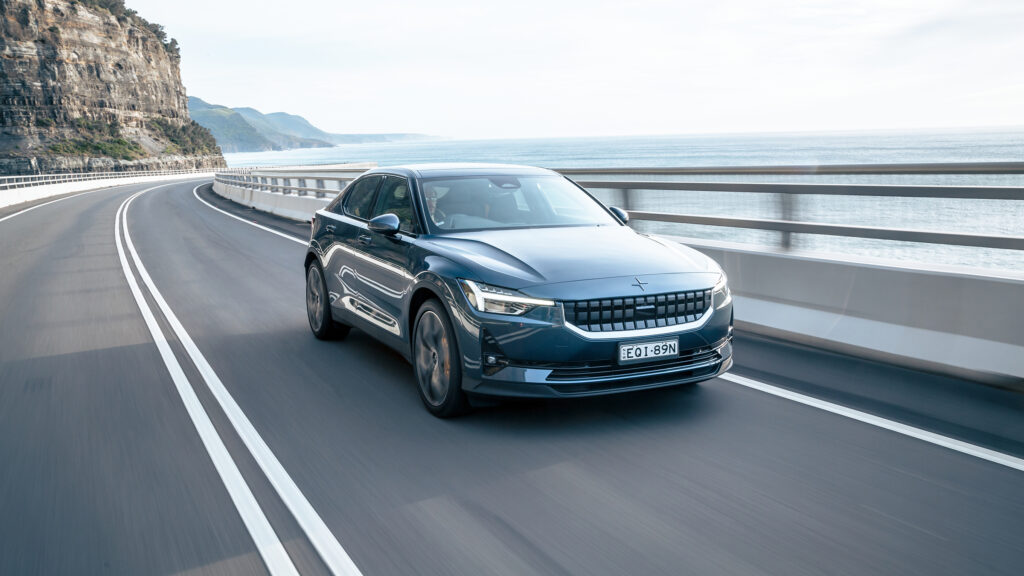
We’ve had more to choose from in 2021 than ever before. And rather than just reheated ICE cars smoothed over to be an EV, there have been some impressive ground-up new arrivals.
The Hyundai Ioniq 5 is one of those, although for my money it just misses top billing on a couple of accounts. There’s no app to connect the car to to your smartphone or the ability to perform over the air updates. They are biggies in an era when people expect it, especially in a car designed to push the tech boundaries. And its suspension could do with some local tweaking to better cope with the bumps Australia does well.
The Toyota Mirai fuel cell also surprised in many ways. It’s the most upmarket Toyota I’ve driven and it’s a nice example of how effective FCEVs can be, even if they’re unlikely to succeed in a car the size and shape of the Mirai.
And it’s impossible to ignore the Porsche Taycan. I’ve long loved Porsche sports cars and while they still deserve a place in this world, the Taycan offers so much of that Porsche goodness, albeit at a huge price. It’s that price that’s the only thing stopping me from nominating it as my top pick.
But the one that really impressed me was the Polestar 2. Like all the contenders above it’s not perfect. Its stiff-legged over bumps and its suspension can be noisy. It also has the space comprimises of being built on an ICE architecture.
But it also does a lot right. The finishes and presentation of the Polestar 2 is up there with the best. It’s fun to drive and hangs on nicely through corners. And it has good connectivity that is indicative of the thoughtfulness of the brand.
In short, it’s a demonstration that the people who created the brand get it and understand what the 2 needs to do. Most of all, though, it’s priced competitively. Whereas other newcomers are just out of touch, the Polestar plays in the EV sweet spot defined by Tesla.
There’s a long way to go, but the Polestar 2 is an impressive entree to a new brand that seems to understand the EV space.
Biggest EV, PHEV or FCEV surprise of 2021
Gotta be the Volvo XC40 Pure Electric. Volvo has made huge strides in recent years and the XC40 is a great little (albeit not so small) compact SUV.
Get rid of the oily bits and fill the holes with electric components and the Volvo reaches a new level of performance. Whereas Mercedes-Benz and Lexus have EVs at a similar price that drive only two wheels, the XC40 Pure Electric (yes, it could do with a better name…) drives all four wheels and brings hot hatch performance to the table.
It’s genuinely quick, has decent range and a classy cabin. All of which bodes well for the imminent influx of new Volvo EVs.
The EV, PHEV or FCEV I’m looking forward to most in 2022
There’s a whole heap on the shortlist, including the BMW iX, Mercedes-Benz EQS and anything BYD (fingers crossed). I’m also serious interested in the Toyota bZ4X, even if its on-paper stats don’t exactly thrill.
But the one I’m really looking forward to is the Cupra Born. It’ll be our introduction to the Volkswagen EV sphere that is taking off globally but is glacial arriving Down Under. The Born represents not only a new brand but also encapsulates parent company Volkswagen’s EV thinking. And with pricing around $55K it could be a genuine surprise.
John Carey: Volkswagen ID.3/Cupra Born
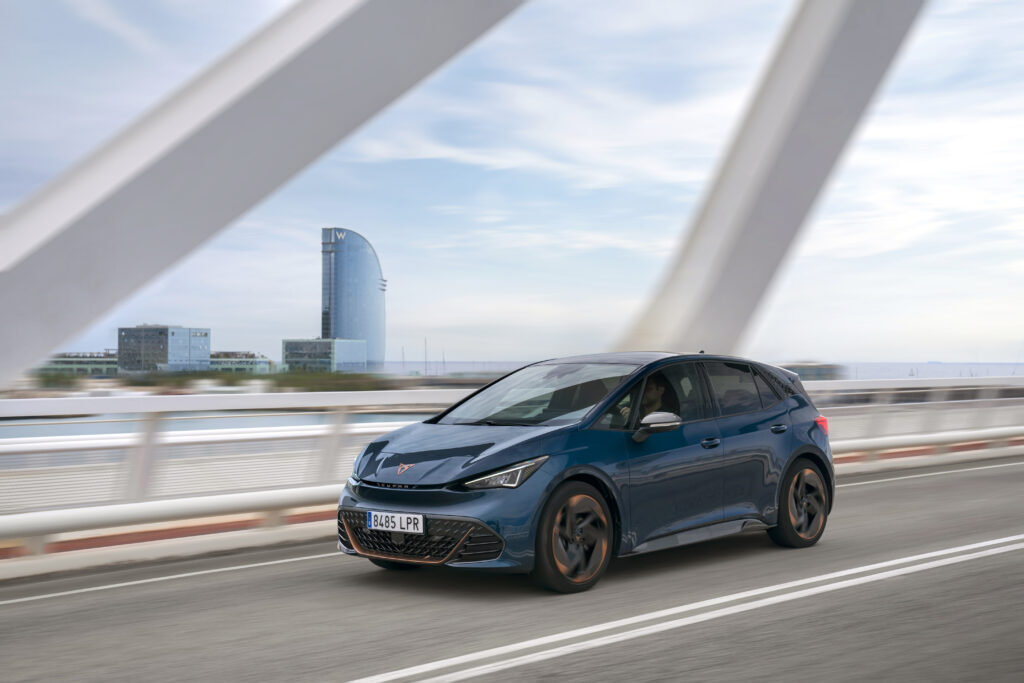
Practical, efficient, refined and pleasant to drive, the Volkswagen ID.3 is easy to appreciate. Most important of all, this neatly designed and well engineered five-seat hatchback EV is easy to afford.
Money isn’t the only thing that makes people EV hesitant, but for most it is probably the biggest obstacle to EV adoption. In Europe the ID.3 is ICE-priced; all but the top-of-the-range versions are similar money to a mid- or high-grade VW Golf model with petrol or turbo diesel engines. And this is before various government EV incentives, some of which are hefty, are taken into account.
It’s a minor tragedy that the VW might never make it to Australia. But something practically identical will. The Cupra Born is an ID.3, but the VW-owned Spanish brand adds some spice and spirit to the recipe. The Born will definitely make it to Australia, sometime late in 2022 or early the following year.
Both the ID.3 and the Born are built on the same Volkswagen Group assembly line in the east of Germany. Their motors, battery packs and body structures are also the same.
What makes these twins special is that they’re built on a purpose-designed EV platform, VW Group’s MEB. The engineers who designed the ID.3 didn’t have to make the kind of compromises baked into other affordable EVs based on existing ICE-powered models. I’m thinking here of cars like the battery powered Hyundai Kona and MG’s EVs.
The MEB-based VW and Cupra are also much better EVs than their most obvious Nissan-made competitor. They make the similarly sized and priced Leaf seem totally outdated.
Highlights of both ID.3 and Born are a spacious interior, outstanding energy efficiency and driving range, very competitive charging rates, all-round quietness and mechanical refinement, sweet handling characteristics and tight turning circles.
These are, at least for the moment, the best small EVs out there… and that’s a very big achievement.
Biggest EV, PHEV or FCEV surprise of 2021
It’s got to be the viral EV sales growth.
The COVID crisis has somehow sparked an incredible surge in global EV sales that shows no sign of easing. The trend isn’t visible in Australia, but sales of EVs in Europe and China are growing at ferocious rates.
I’m not sure exactly why it’s happening, though some analysts link an increased awareness of environmental issues, and the desire to do something about them, to the pandemic. What is certain is that EV sales rates are doubling and even trebling compared to 2020. You could say they’ve gone viral…
The EV, PHEV or FCEV I’m looking forward to most in 2022
Had a chance to take a close look at the Renault Megane E-Tech at the Munich IAA mobility expo last September, and the purpose-designed EV made a very good first impression. It’s crossover-ish exterior is good looking, as is the spacious interior. If the driving is as good as the visuals, the ID.3 will have some serious competition. Production begins in early 2022, with European deliveries scheduled from February.
Bruce Newton: Hyundai Ioniq 5

The Hyundai Ioniq 5 is the electrified vehicle – be it PHEV, BEV or FCEV – that made the most impression on me in 2021. Clearly, the Korean giant’s best and brightest were assigned to this project such is the sweeping nature of its achievement.
Inside, outside, to drive, to use as an office during a power outage – yes, that did happen – it ticked all the boxes and then some.
I wish it was $20,000 cheaper and much more widely available. Then it wouldn’t only be my favourite, I suspect it would be the favourite of a lot of people previously sceptical of the switch to EVs.
I also sampled the Audi e-Tron 55 for the first time in 2021 and came away more impressed than I expected. I suspect this will be a vehicle which may be appreciated more in hindsight than it is now.
Honourable mentions go to the Toyota Mirai fuel cell electric vehicle – the only FCEV I drove in 2021, so therefore the best. If we ever get a renewable hydrogen refuelling infrastructure sorted then the Mirai will be the Uber drivers’ Camry replacement.
The MG ZS EV also gets listed here not because it’s good – it’s mediocre with poor range actually – but because it’s at least semi-affordable.
Biggest EV, PHEV or FCEV surprise of 2021
Not being as impressed by the Porsche Taycan family as some of my colleagues. I had the Taycan Cross Turismo Turbo S for a week and, of course, loved its crazy-fast acceleration and exceptional handling.
But it also supported the theory put forward for years that the last category where ICE will die is sports performance. Some people simply prefer that sound and fury.
The EV, PHEV or FCEV I’m looking forward to most in 2022
The Ora Cat and/or the BYD Dolphin if either actually turns up in Australia. They could set a new more accessible price benchmark for EVs here, which you’ve got to admit is important if EVs are ever going to go mainstream. And they both come from China, the world’s leader in BEV development.
Iain Curry: Porsche Taycan Cross Turismo
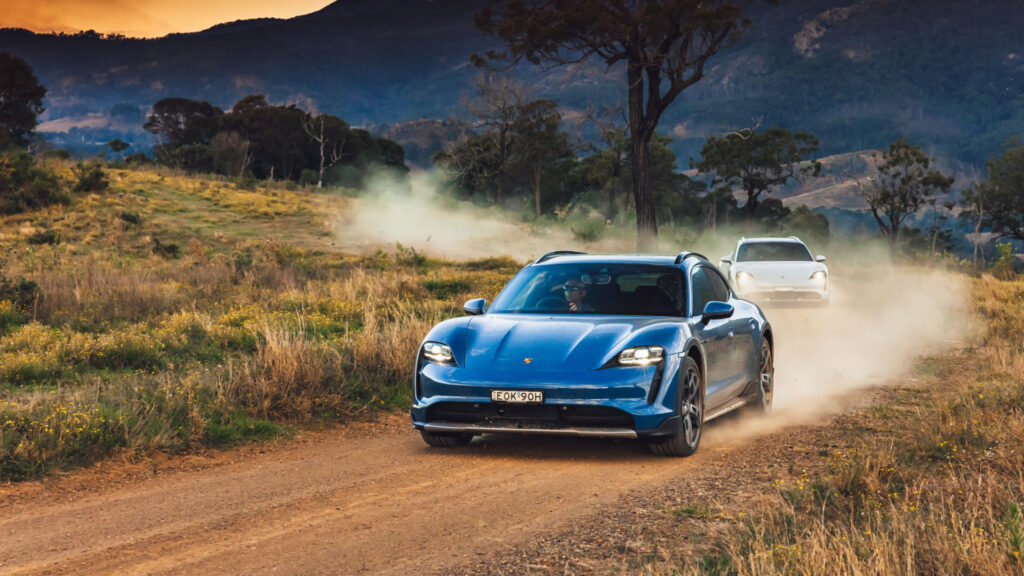
The Porsche Taycan Cross Turismo 4S. Hands-down the best electric car I’ve driven this year or any other.
Its drive-away price way north of $200,000 makes it unobtanium to most (although a $176,600 RRP ‘4’ Turismo can now be ordered), but credit must be sent Stuttgart’s way for producing an electric car that still drives and feels (if not sounds) like a proper Porsche.
The Cross Turismo quasi-wagon just pips the normal Taycan sedan in my eyes. As a family man desperately clinging to an active lifestyle, the CT’s increased boot space and rear headroom work well for my ever-growing children. And I could just about fit my bicycle inside.
Above all, it looks better than the sedan. With an extra 30mm ground clearance (with optional Off-Road package) and all-wheel-drive, if I owned one I’d point it in the direction of the snowfields every winter. And feel properly successful.
On my test I never wanted nor needed more than the 436km range or the rapid performance offered by the brace of motors with their combined 420kW and 640Nm.
Some of the cost options and their inflated prices grate ($1310 for an electric charge port door?!) but cabin quality, technology, safety and ride comfort bring a package than always feels like you’re getting good value.
Honourable mention? At the start of 2021 I had my first week-long test of a Tesla Model 3. For a car that’s now priced within the reach of many Australians – just over $60,000 drive-away is typical – it’s a superb proposition.
The entry-level model’s specification is tasty enough, and the car stands head and shoulders above rivals at this cheapest end of the EV market. It deserves all the success it’s achieving.
Biggest EV, PHEV or FCEV surprise of 2021
That with an increasing number of electrified vehicles offered in Australian showrooms, it’s the Tesla Model 3 still doing the vast bulk of the heavy lifting on the sales front. Just go for a drive. How many EVs do you spot? Of the ones you do, I bet nine out of ten will be Model 3s.
Tesla’s pricing has hit the sweet spot and Musk-mobiles are utterly dominating – plus there’s an updated Model 3 coming soon. I’m shocked mainstream brands haven’t yet caught up. They really must in 2022.
The EV, PHEV or FCEV I’m looking forward to most in 2022
It’s the affordable EVs most piquing my interest. Give the market something striking, practical, sexy and affordable and things could boom. The Cupra Born small hatchback gives me most hope of achieving this in 2022.
Its main barrier is the Seat badge’s lack of identity in Australia, so it must loudly shout about its Volkswagen relationship. With a promised price around $50,000, what an alternative this would be to a well-specc’d VW Golf or Mazda3 petrol hatchback.
Stephen Corby: Hyundai Kona
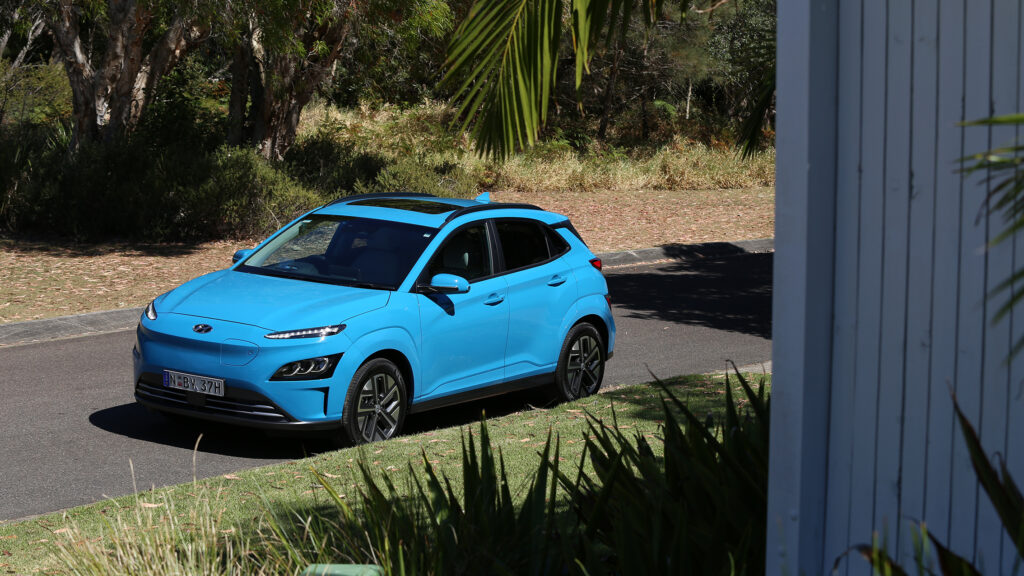
In theory, this is a no contest – I drove a plug-in hybrid called the Ferrari SF90 Spider this year and it was so exciting I had to throw away the trousers I was wearing that day.
It was frenetic, fast, epoch-shifting, technologically spectacular and it could do 130km/h in pure electric mode (the silence was beyond weird in a Ferrari).
But it was also a $1.4 million car, which means it doesn’t really qualify for any kind of real-world recognition, because it doesn’t really relate to EVs or PHEVs real people might buy.
So then I thought I would have to give the gong to the Porsche Taycan Turbo S because, again, its performance just entirely shifted my idea of what “fast” meant. And its launch control was so amusing that I couldn’t stop playing with it, and I was also much relieved at how much like a Porsche it drove, in terms of steering and ride and handling (although it does, obviously, feel very heavy).
But it is also a $345,800, and that led me to thinking about the car I picked up again recently, the Hyundai Ioniq 5, which might just be the most important new EV I drove this year, because it created the kind of excitement in the market that EVs desperately need, and signalled Hyundai’s absolute commitment to making them desperately cool and desirable.
But in the end, it’s none of those, because my Best EV I’ve driven in 2021 must go to my Hyundai Kona EV, the car I’ve been living with for a few months now, because I’m just growing to love it more and more. I love filing it up with my solar panels, I love that it has more than 490km of range, and I adore how it shocks the shit out of people when I destroy them off the lights using its Sport mode. Hell, I even like the look of it, and its silly Smurf colour.
Most of all, though, I love the fact that it has proven to me that, yes, I really could live with an EV in my life, and so could my wife. Which is a genuine electric shock.
Biggest EV, PHEV or FCEV surprise of 2021
A joint award here goes to the incredible demand for the new Hyundai Ioniq 5 in Australia, and the fact that so many people genuinely believe Rivian is going to somehow kick five kinds of hell out of Tesla, without ever actually driving one.
The EV, PHEV or FCEV I’m looking forward to most in 2022
The Audi RS e-Tron GT. This car is so important to the future of Audi so you know that the blokes at the RS skunkworks division will have thrown everything at it (leaning on Porsche along the way), and that it shares some tech with the impressive but more lardy Taycan, so it’s going to be an absolute fire cracker. I would say I’m looking forward to driving a Tesla Roadster, but that just seems too unlikely.
Andrew Chesterton: Porsche Taycan
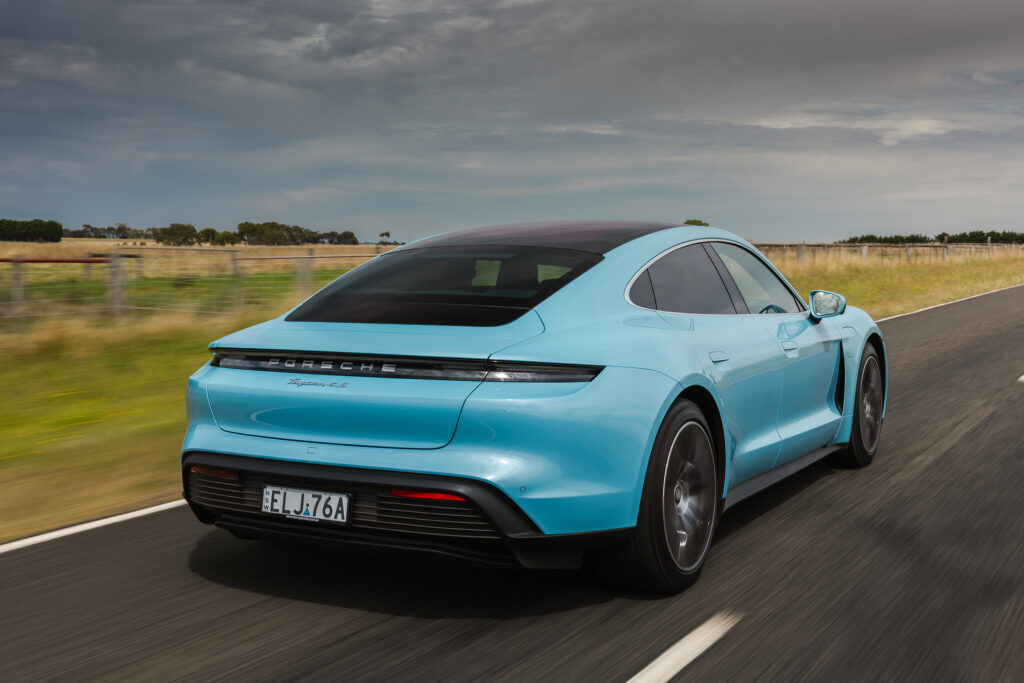
This is absolutely no contest. While lots of exciting EV metal has landed on Australian shores this year, none carried the weight of expectation that rested so heavily on the Porsche Taycan‘s subtly sloped shoulders.
Could Porsche instil a heavy, battery-laden vehicle with the kind of driving dynamics expected of the brand? Would the driving word accept a Porsche that doesn’t burn fuel by the barrel every time you plant your right foot? And would they even sell any?
The answers, we now know, are yes, yes, and abso-bloody-lutely.
Put simply: the Taycan feels and drives like an EV from a company who has been producing them for decades, which makes the fact it’s actually Porsche’s first attempt even more impressive.
It’s not cheap, sure. And it will be out-of-reach for lots of Australian car buyers. But then, that’s not exactly a new phenomenon when it comes to all things Porsche.
In happier news, I would mount a case that the most affordable Taycan (for now, at least) – the 4S – is really all the car most people will ever need. Despite being the lowest-powered option in the current Taycan range, the 4S spits out a massive 390kW and 640Nm, which is enough to rocket to 100km/h in a claimed 4.0 seconds. And that’s plenty fast.
So bravo, Taycan. You’ve have made EV believers of plenty of Porsche fans around the world.
Biggest EV, PHEV or FCEV surprise of 2021
Polestar. Nobody knew what to expect from this Swedish-Chinese upstart, but you can’t help but be impressed. And not just by their vehicles, but through their whole-of-life (and refreshingly honest) approach to building, selling and delivering vehicles in a carbon-neutral way.
The EV, PHEV or FCEV I’m looking forward to most in 2022
If you’re not excited by the idea of an EV Hummer then I’ll need to send someone around to check your pulse. This beacon of fuel-burning hedonism has gone electric, and it looks the absolute business. Will we get one in Australia? Who knows. But cross those fingers, peeps.

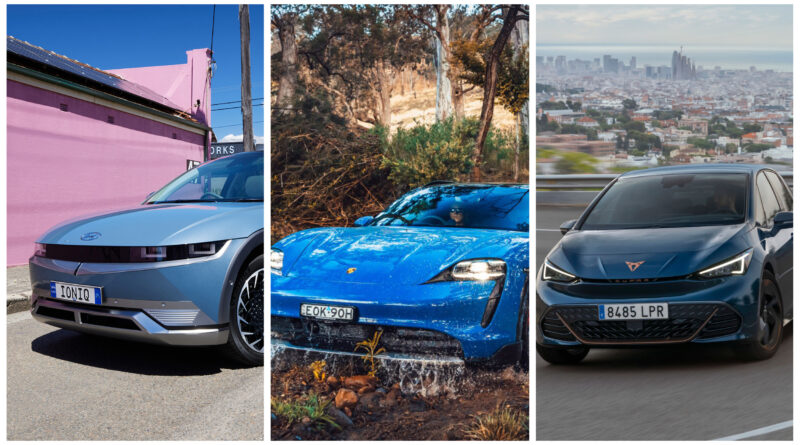
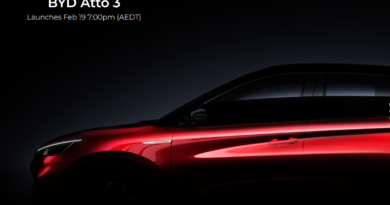
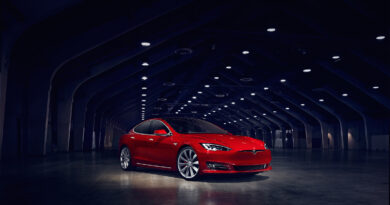
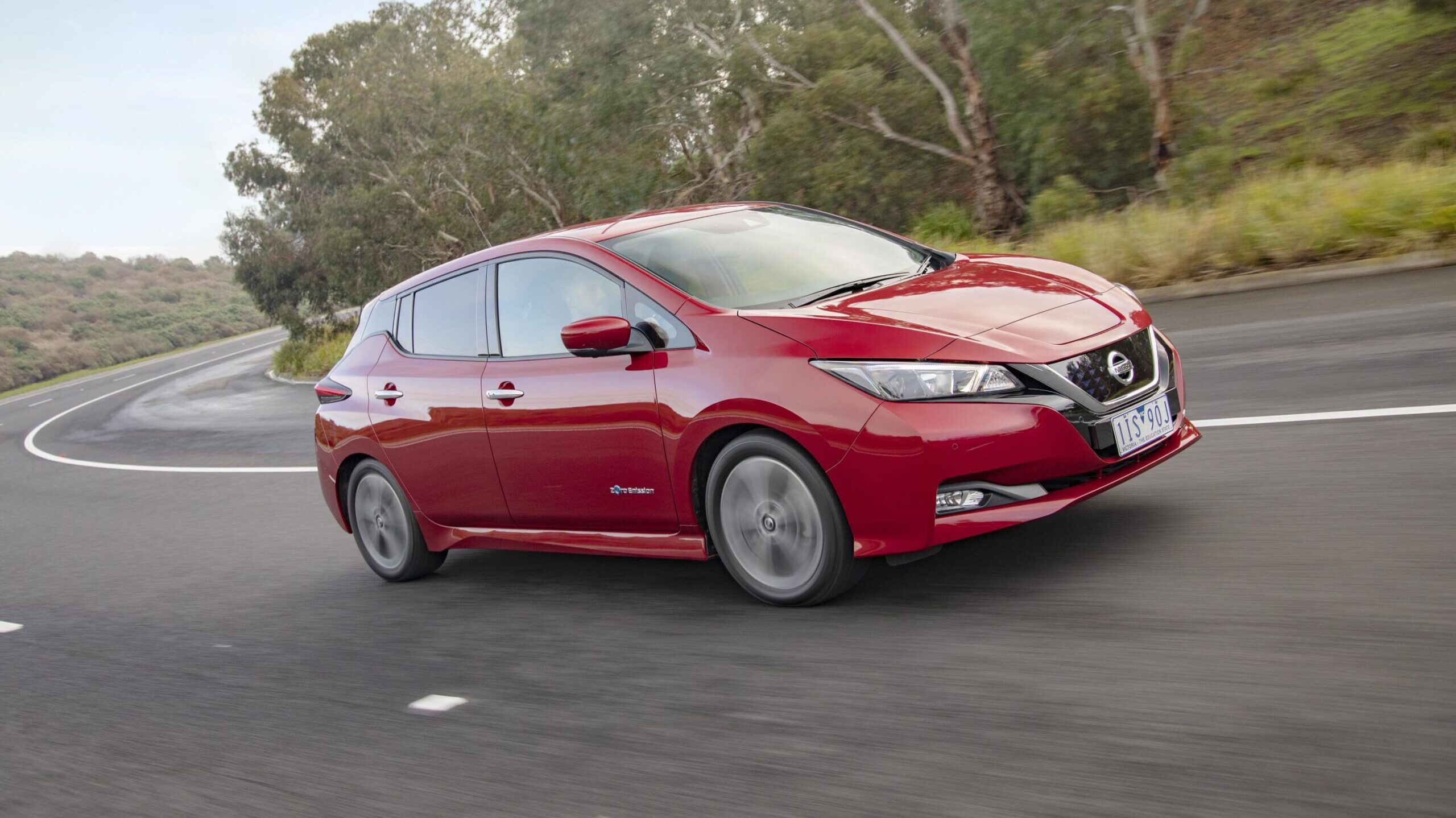
I’m surprised that the EV6 didn’t make the cut.
Polestar – based on ICE vehicle = poor rear seat room
Ioniq 5 – sales model badly broken. Won’t take an order for 2022 H2
VW/Cupra – I can’t entertain the brand after the way they have treated Australians with DIeselgate and DSG issues
Taycan – tad expensive
None of us have driven the Kia EV6 yet, which is why it wasn’t included on our 2021 lists. It’ll be thrown into the mix for next year.
For those who vote for the Polestar on price remember that Hyundai will be introducing an entry-level Ioniq 5 too. They started with a high end offering and Polestar has done the reverse, but it won’t take many $5K add-on packages for it to quickly match the Ioniq 5 price feature for feature, and even exceed it!